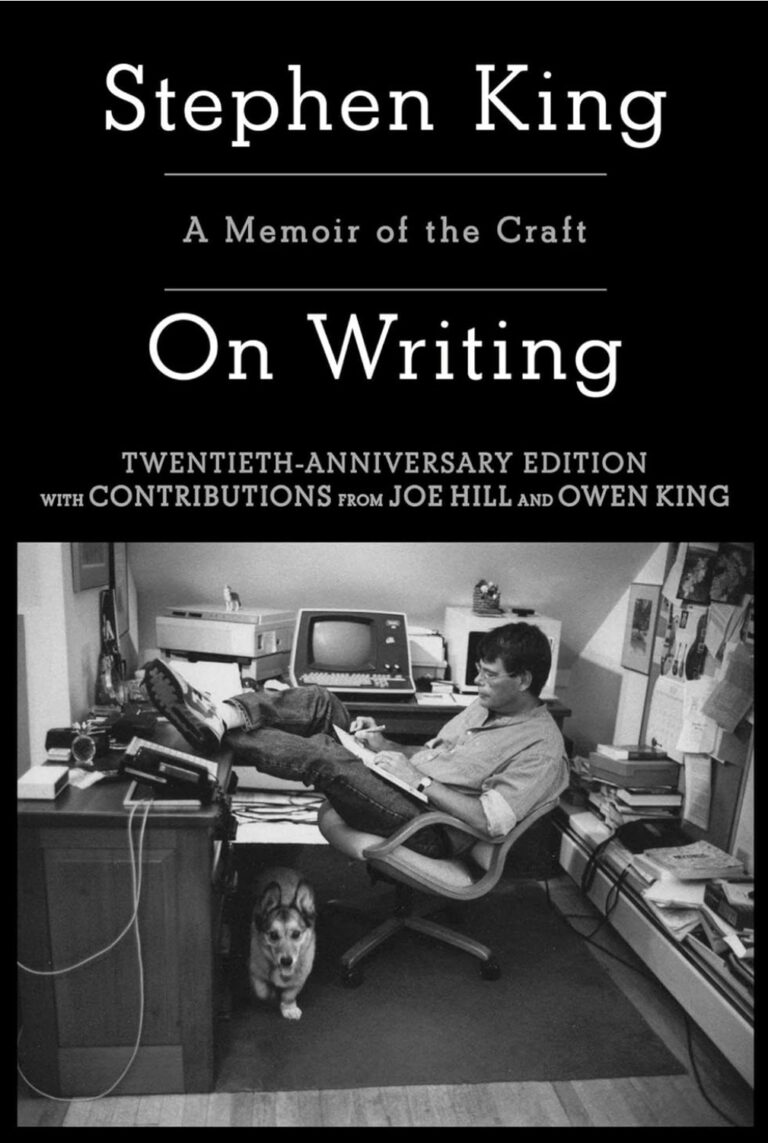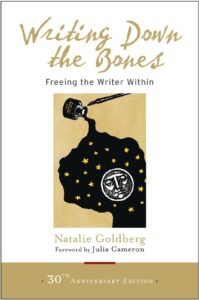Crafting believable and engaging dialogue between supernatural beings in romance stories is a delicate balance of creativity, consistency, and depth.
As a romance author who writes insta-love stories featuring aliens, paranormal creatures, and unusual scenarios, I’ve found that the key to success lies in a blend of world-building, character development, and maintaining a touch of relatability.
Let’s explore the essential steps to achieve this.
Table of Contents
ToggleUnderstanding the Nature of Supernatural Beings
To write authentic dialogue for supernatural characters, it’s crucial to grasp their essence, background, and motivations.
Character Backgrounds and Lore
In my experience, grounding your supernatural beings in a rich background and lore significantly enhances their dialogue.
For instance, when writing about werewolves, I delve deep into their pack dynamics, traditions, and the influence of the moon cycles on their behavior.
This background informs not just what they say, but how they say it.
Unique Perspectives
Supernatural beings often possess perspectives and experiences vastly different from humans. I’ve found that reflecting these differences in their conversations adds authenticity.
For example, an ancient vampire might speak with a formality and gravitas born of centuries of existence, while a newly transformed shifter might struggle with the loss of their human life.
Developing Distinct Voices
Each supernatural character should have a distinct voice that reflects their personality and experiences.
Language and Diction
Consider the diction and language your characters use. An elf from an ancient, noble lineage might use archaic language and formal speech patterns. In contrast, a modern-day witch might speak in contemporary slang mixed with arcane terminology.
In one of my stories, I crafted an alien character who spoke in a rhythm that mirrored the musical tones of their home planet, giving their dialogue a unique and otherworldly feel.
Emotional Depth
In my experience, giving supernatural characters emotional depth makes their dialogue more engaging. For instance, a ghost lingering due to unfinished business might have a melancholic tone, reflecting their longing and regrets.
This emotional layer can make their conversations with other characters poignant and impactful.
Balancing Supernatural Elements with Relatability
While it’s crucial to highlight the supernatural aspects of your characters, it’s equally important to make their dialogue relatable.
Common Ground
Find common ground between your supernatural characters and human readers.
Themes of love, loss, hope, and fear are universal. In one of my novellas, a dragon shifter and a human bond over their shared sense of duty to protect their loved ones, despite their vastly different natures.
Humanizing Traits
Giving your supernatural beings humanizing traits can make their dialogue more relatable.
A vampire who jokes about their disdain for garlic or a faerie who is frustrated by human technology adds a touch of humor and normalcy.
In my stories, these moments help readers connect with characters on a personal level.
Crafting Dynamic Interactions
Dynamic interactions are key to keeping conversations between supernatural beings engaging.
Conflict and Tension
Conflict and tension are powerful tools in dialogue. Whether it’s a power struggle within a werewolf pack or a forbidden romance between a witch and a demon, these elements create drama and drive the plot forward.
In my experience, the most memorable conversations often arise from moments of high tension and conflict.
Collaboration and Alliance
Not all interactions need to be conflict-driven. Collaborations and alliances can also lead to rich dialogue.
For example, an alien and a human scientist working together to stop an impending catastrophe can have fascinating exchanges that blend scientific jargon with alien logic.
I’ve found that these partnerships can showcase character growth and deepen relationships.
Using World-Building to Enhance Dialogue
World-building provides the context and rules for your supernatural beings, which in turn shapes their dialogue.
Cultural References and Idioms
Incorporate cultural references and idioms specific to your supernatural world. This adds authenticity and depth to your dialogue.
For instance, a character from an underwater kingdom might use expressions related to the ocean, like “swimming against the current” to signify struggle. In my writing, I often create unique idioms and sayings that enrich the world-building.
Societal Norms and Hierarchies
Understanding the societal norms and hierarchies of your supernatural world can inform how characters interact and speak to each other.
A vampire lord might demand deference from lesser vampires, while a rebellious young witch might challenge the elders of her coven.
These dynamics add layers to your dialogue. In one of my books, the hierarchical structure of a dragon clan influenced the respectful yet tense conversations between characters.
Integrating Humor and Wit
Humor and wit can make supernatural characters more relatable and their interactions more enjoyable.
Playful Banter
Playful banter can lighten the mood and reveal character traits. A flirtatious exchange between a fae and a human can highlight their chemistry and build romantic tension.
In my stories, I use banter to showcase the playful side of characters, making them more endearing to readers.
Sarcasm and Irony
Supernatural beings, with their long lifespans and unique perspectives, can offer rich opportunities for sarcasm and irony.
A jaded vampire might comment on modern human behaviors with a dry wit, or a time-traveling witch could express exasperation at repeating historical mistakes.
I’ve found that these elements can add depth and a touch of realism to their interactions.
Enhancing Romantic Tension
Creating authentic romantic tension between supernatural beings can be particularly captivating for readers.
Subtle Hints and Flirting
In my experience, building romantic tension through subtle hints and flirting can make the eventual union more satisfying. A lingering touch, a shared secret, or a moment of vulnerability can speak volumes.
For instance, in one of my stories, a telepathic alien and a human communicated through thoughts, creating an intimate connection that built anticipation.
Contrasting Traits
Highlighting contrasting traits between characters can enhance romantic tension. A stoic werewolf and a fiery witch might clash initially, but their differences can become a source of attraction and deeper connection.
This dynamic can lead to engaging and memorable dialogue as they navigate their relationship.
Concluding Remarks
Creating authentic conversations between supernatural beings involves a blend of rich world-building, distinct character voices, and a balance between supernatural elements and relatability.
By grounding your characters in well-developed backgrounds, using unique language and diction, and incorporating emotional depth, you can craft dialogue that resonates with readers.
Whether through conflict, collaboration, humor, or romantic tension, dynamic interactions will keep your audience engaged and invested in your supernatural love stories.
In my experience, these elements are key to bringing your paranormal characters to life and making their conversations truly unforgettable.











































